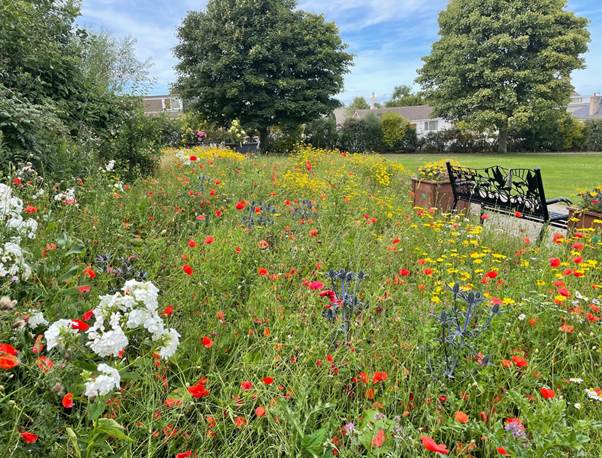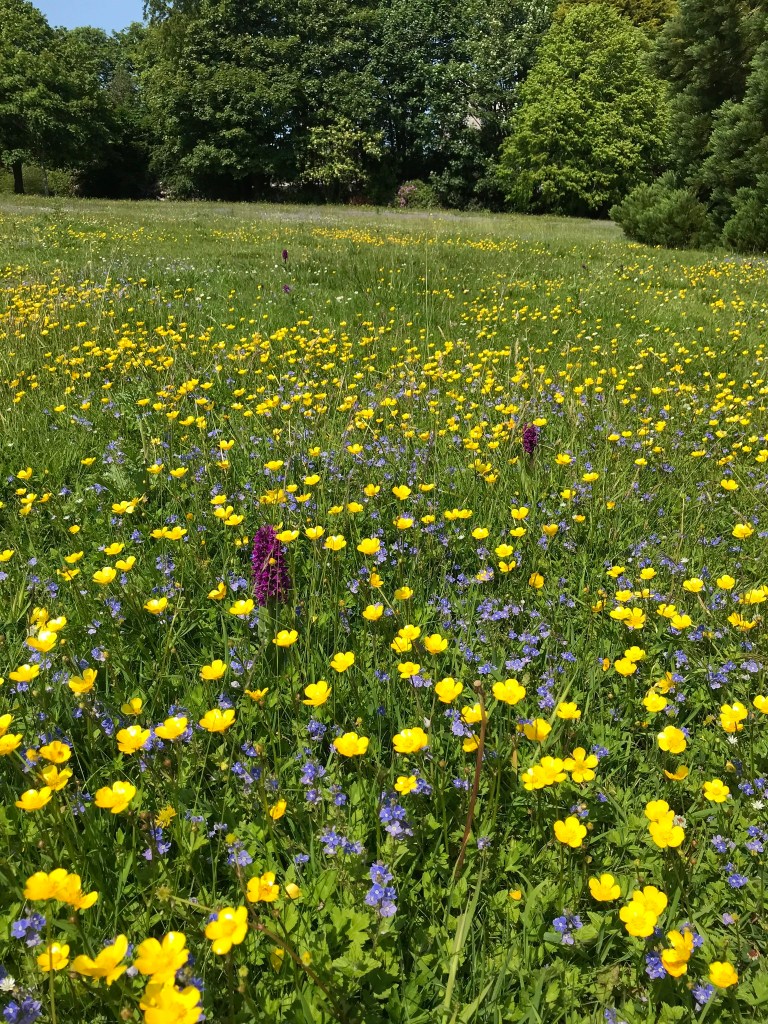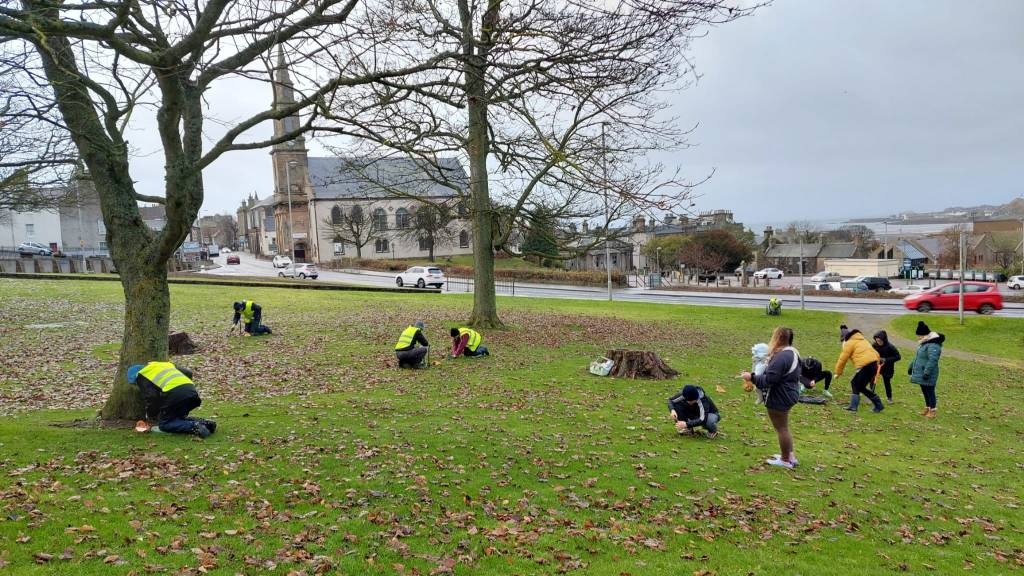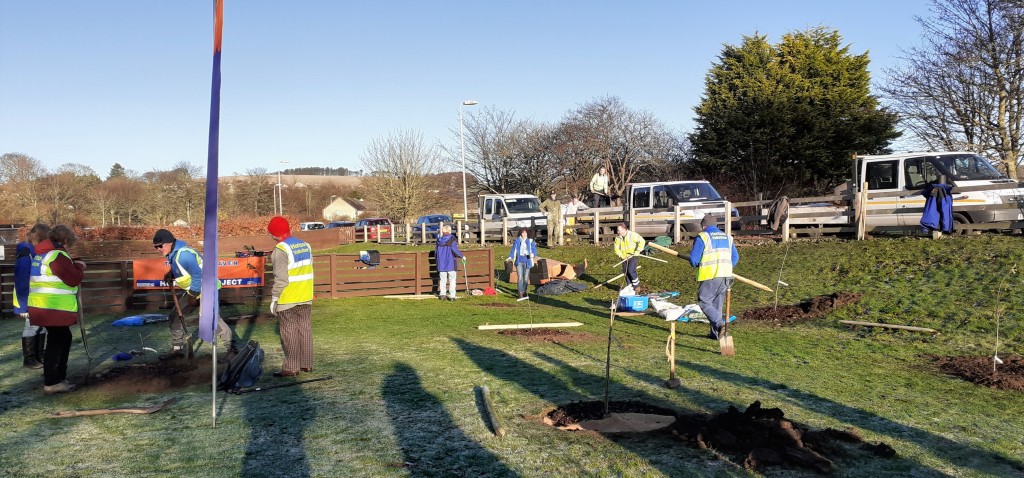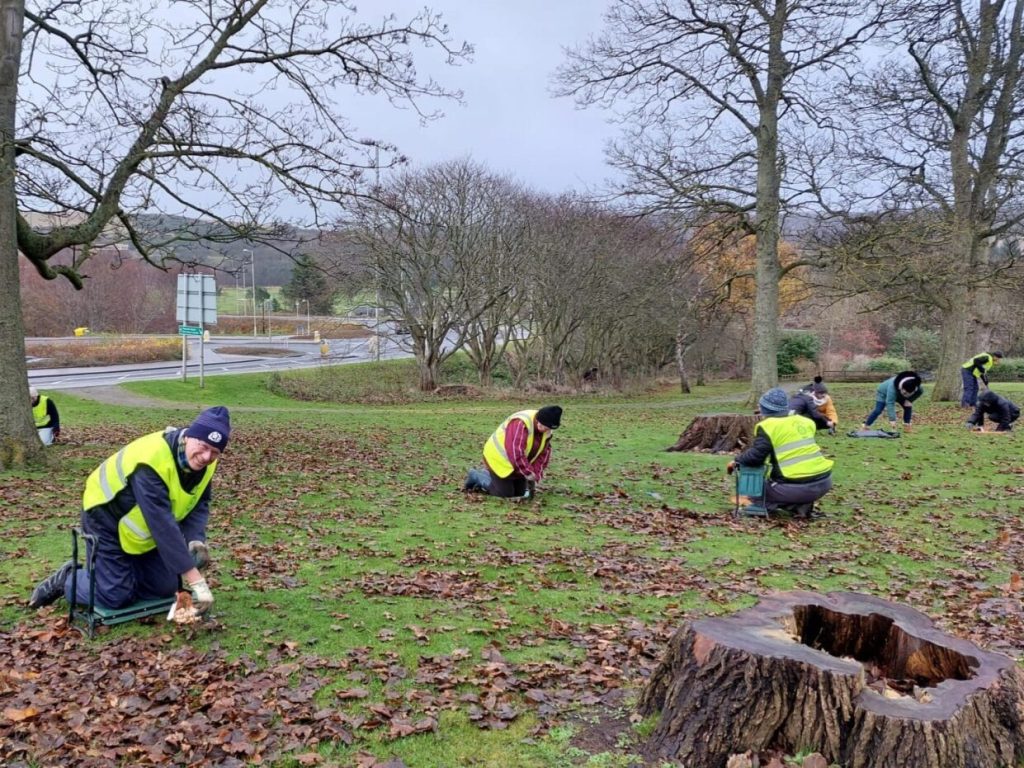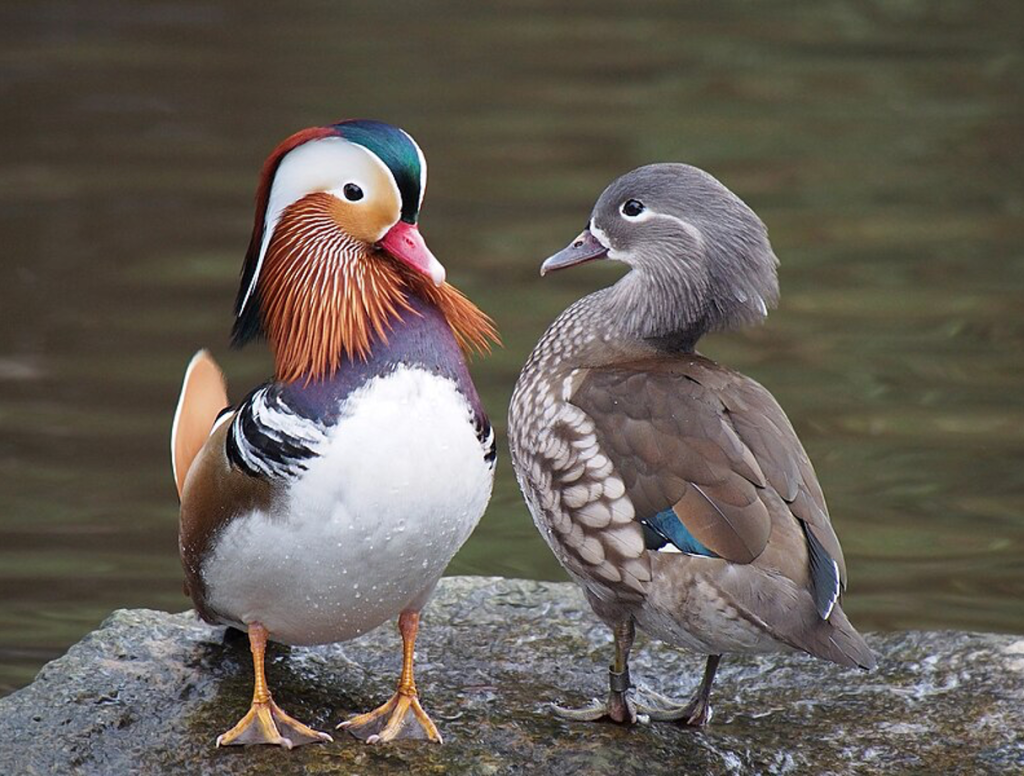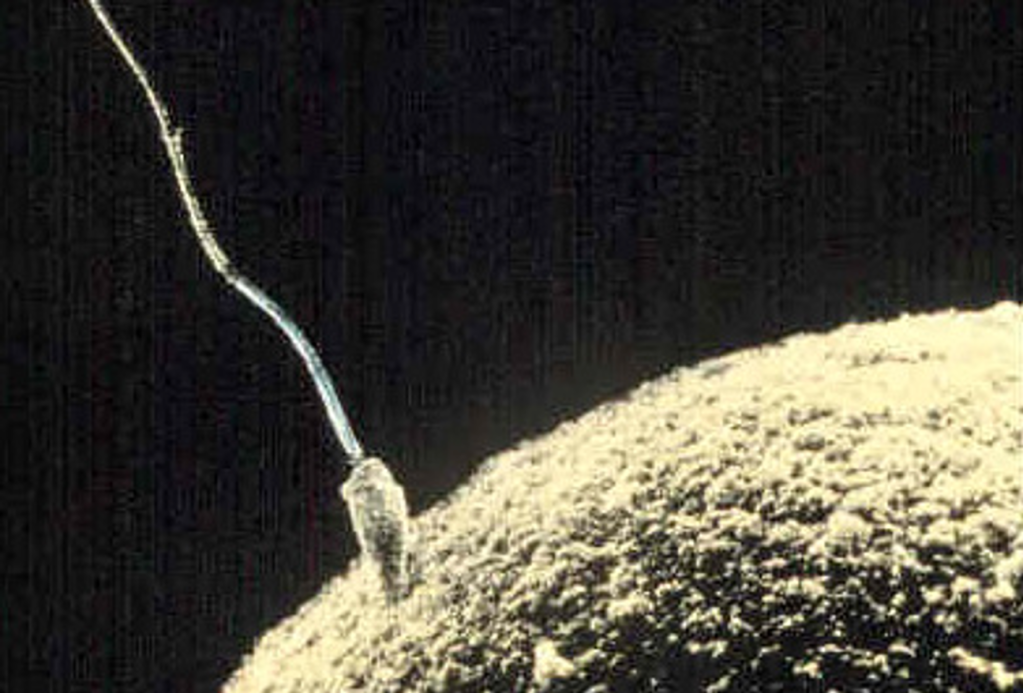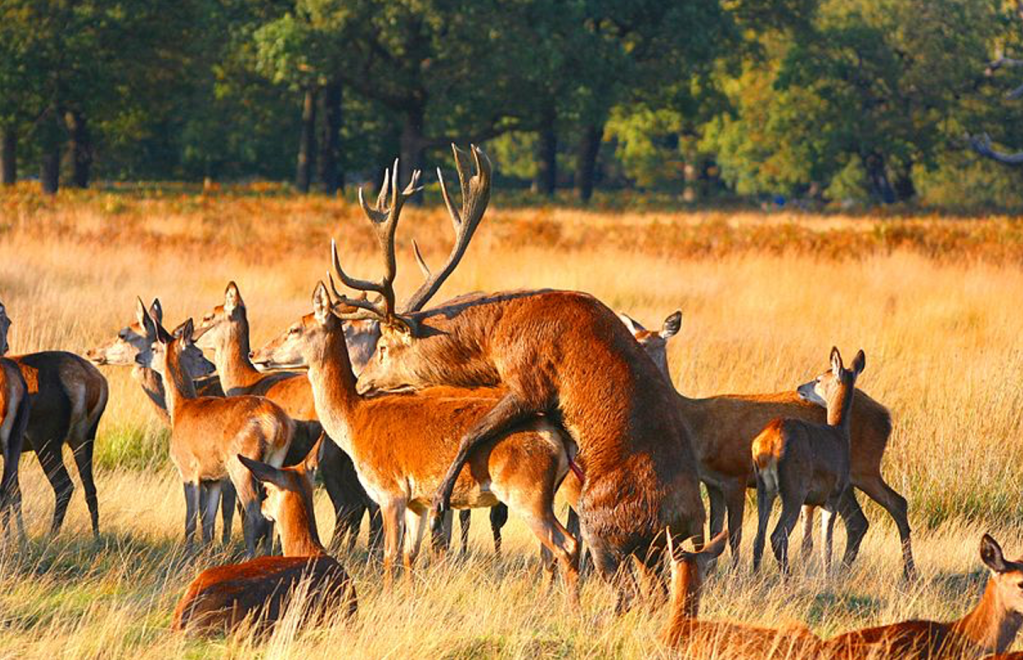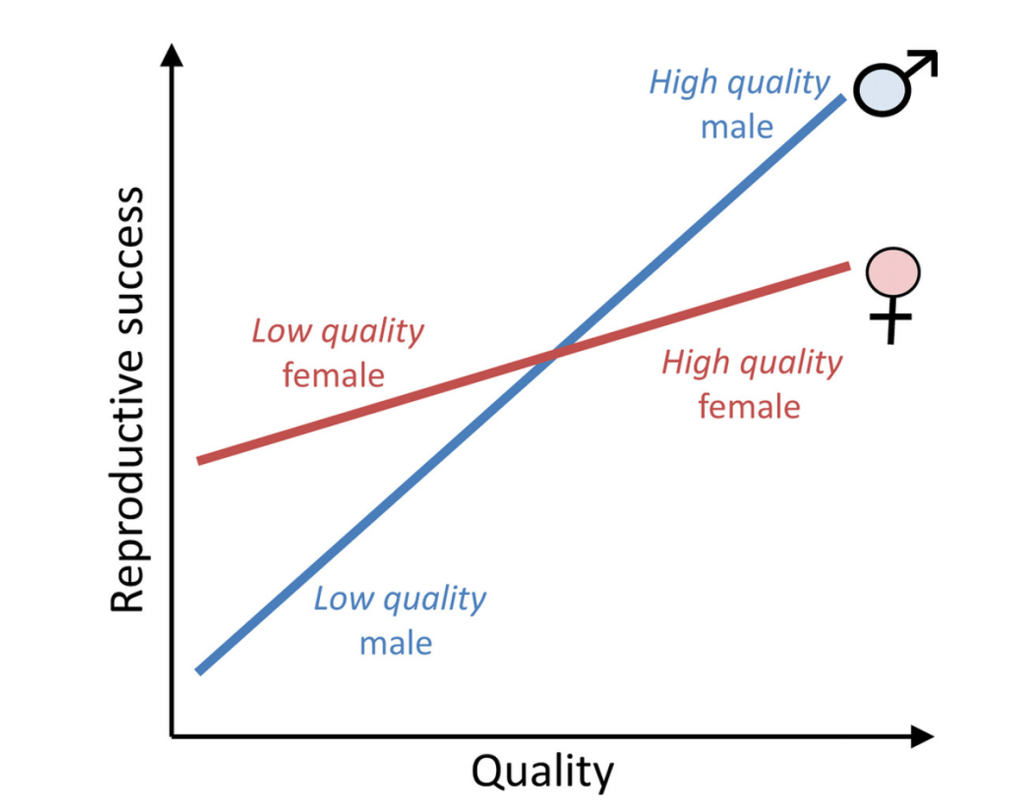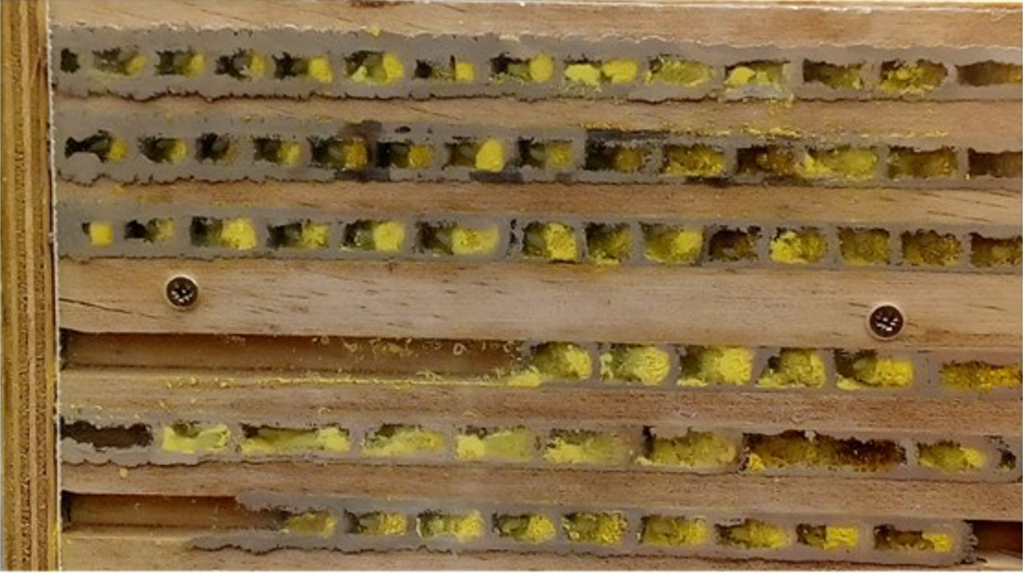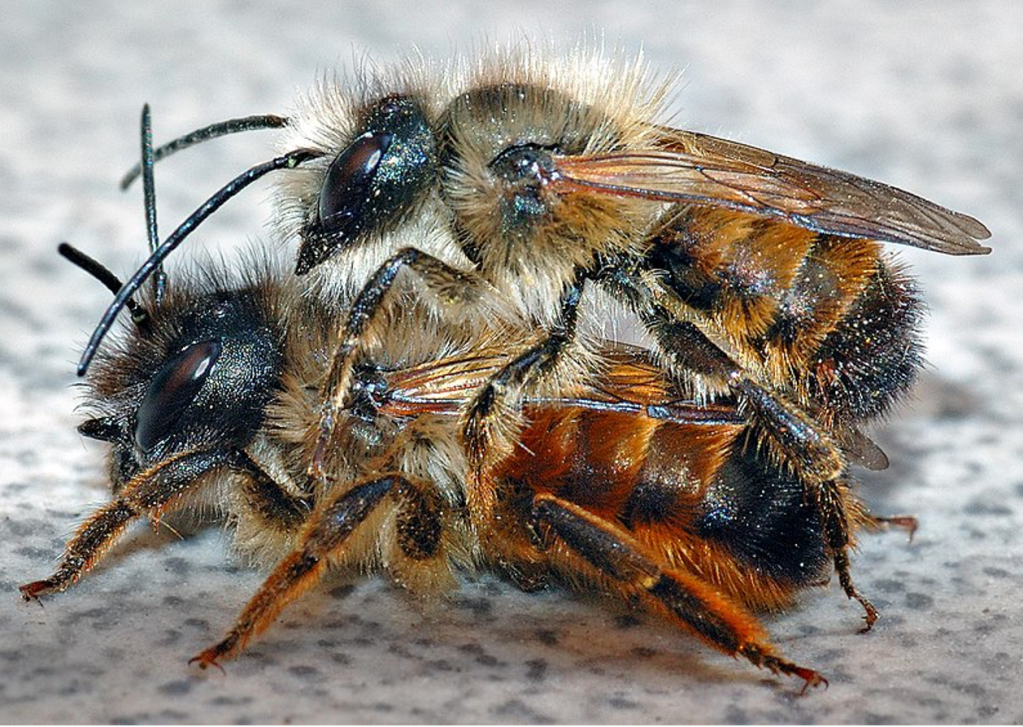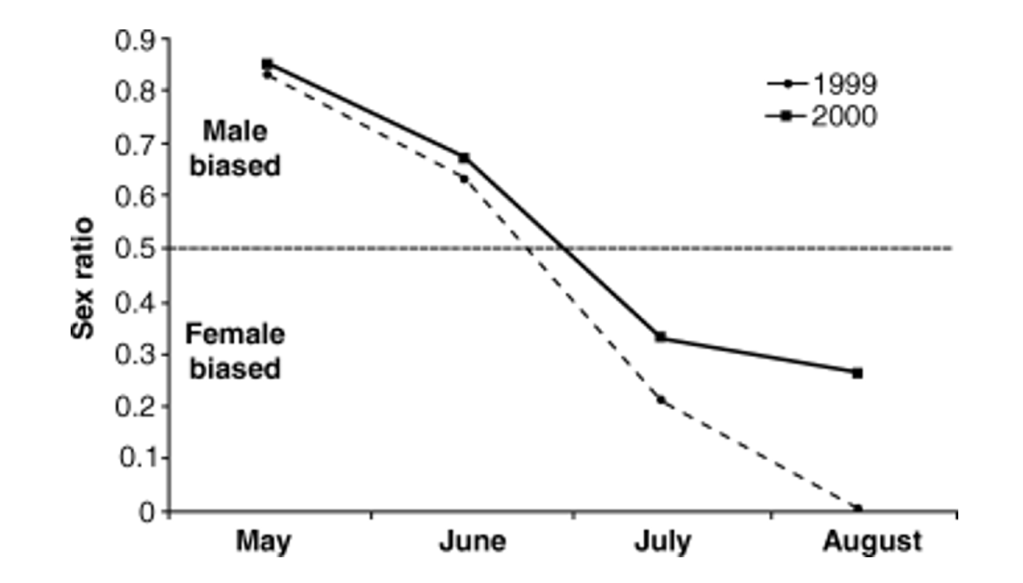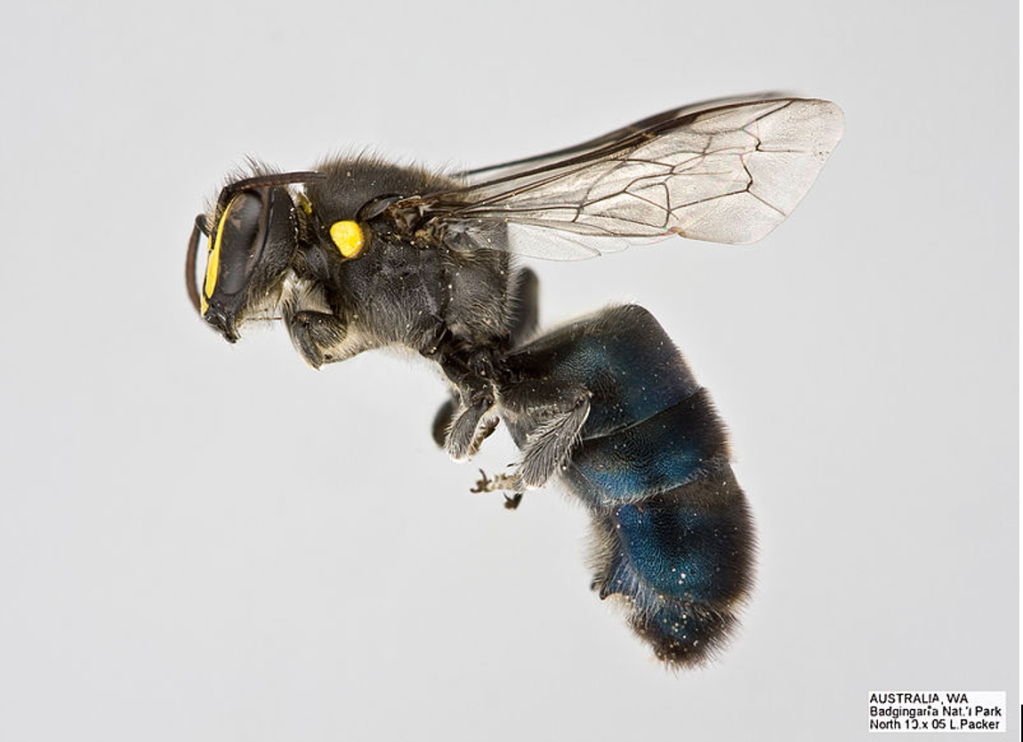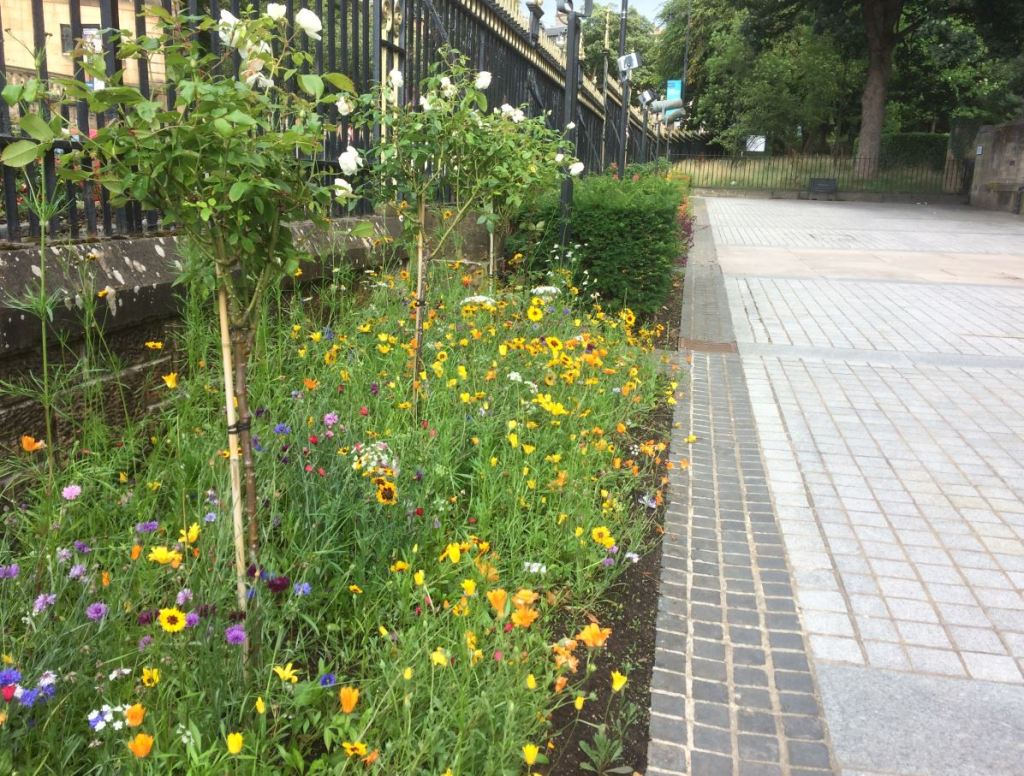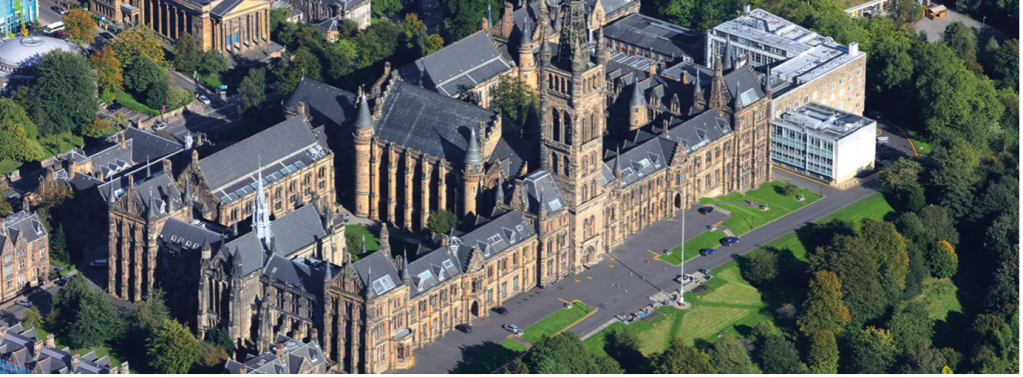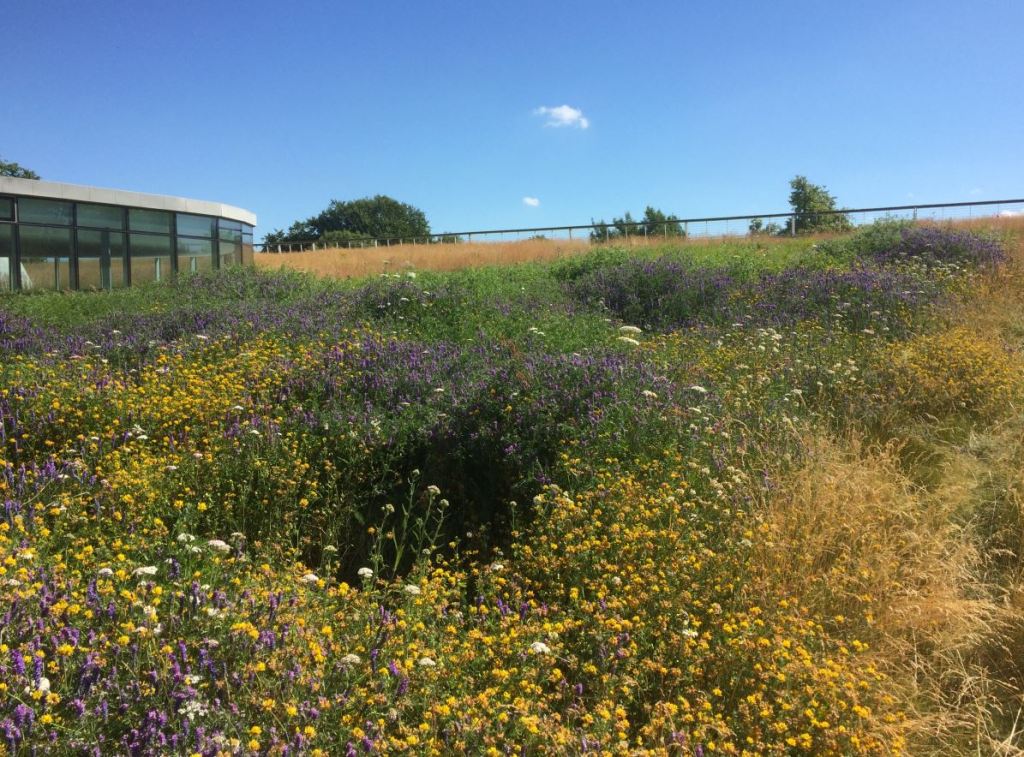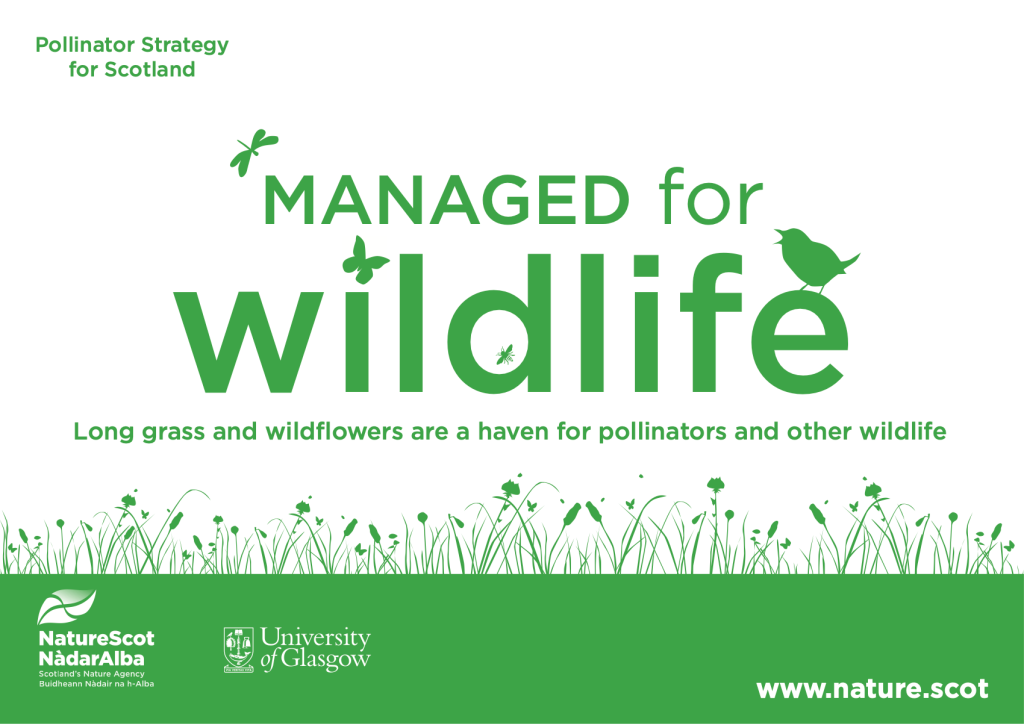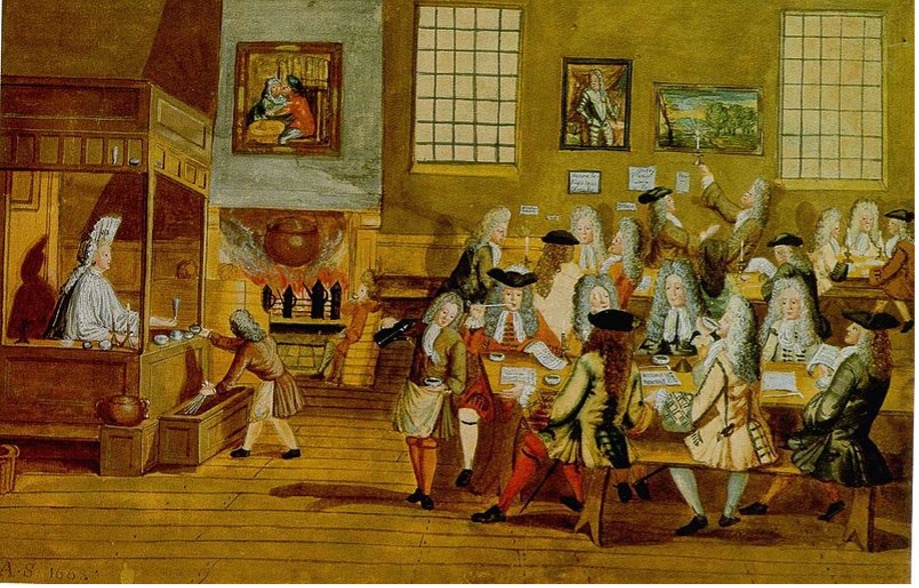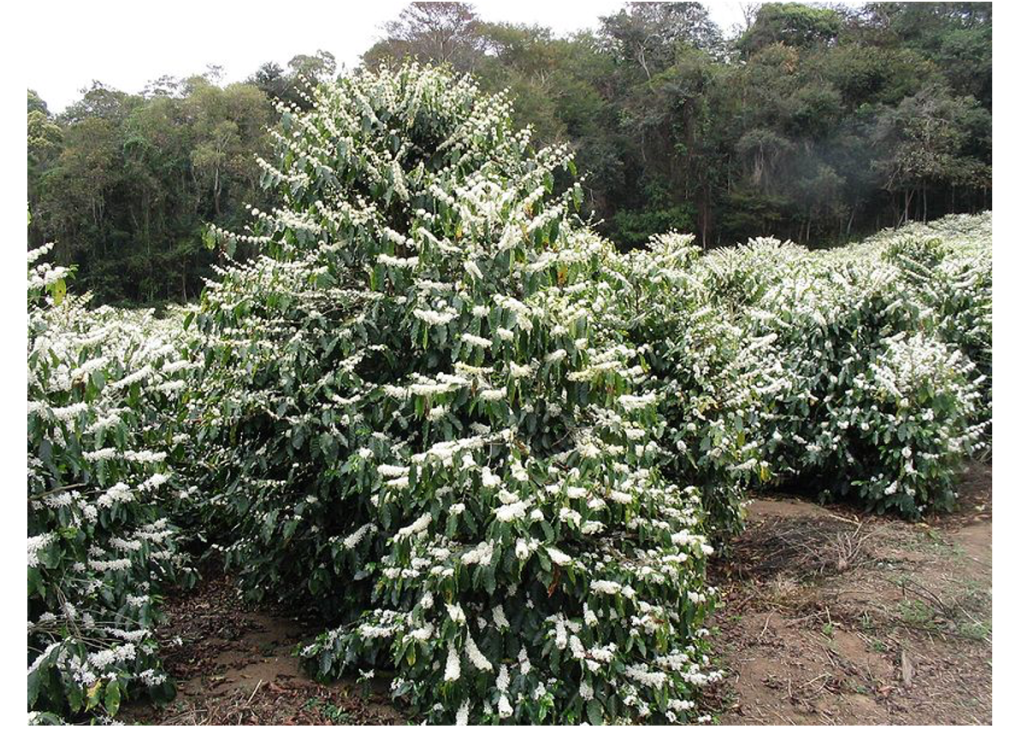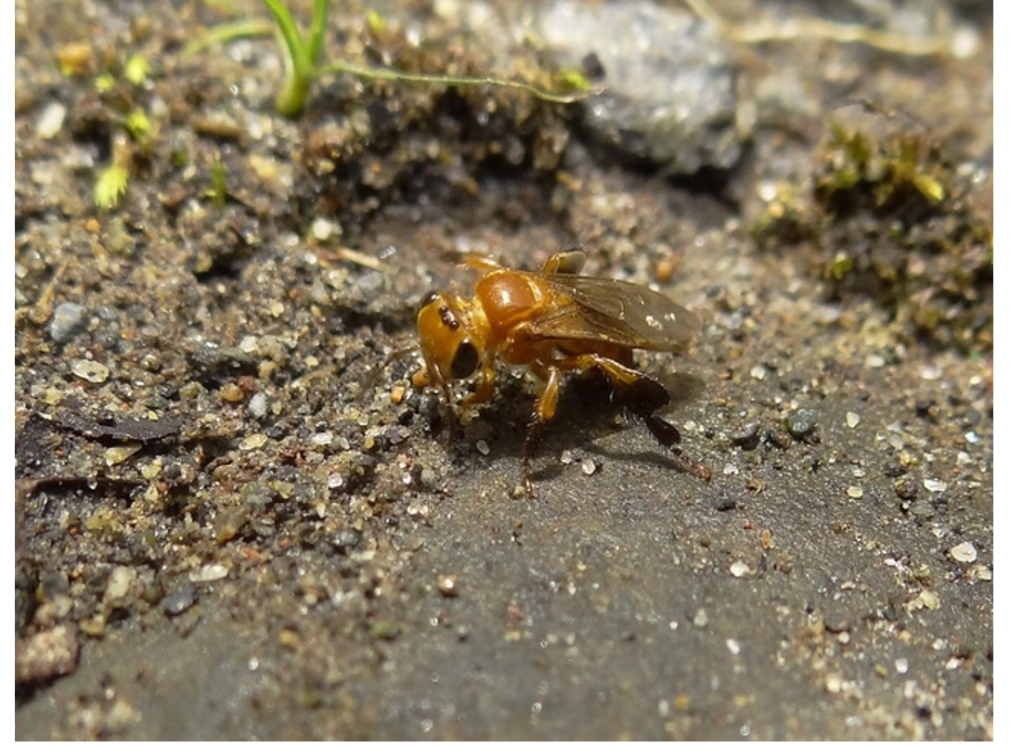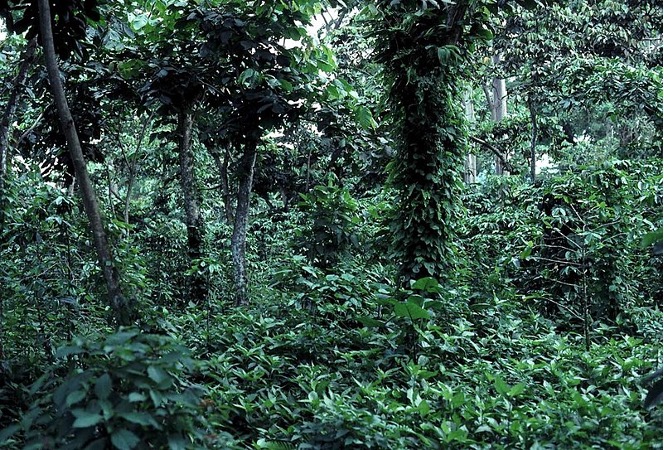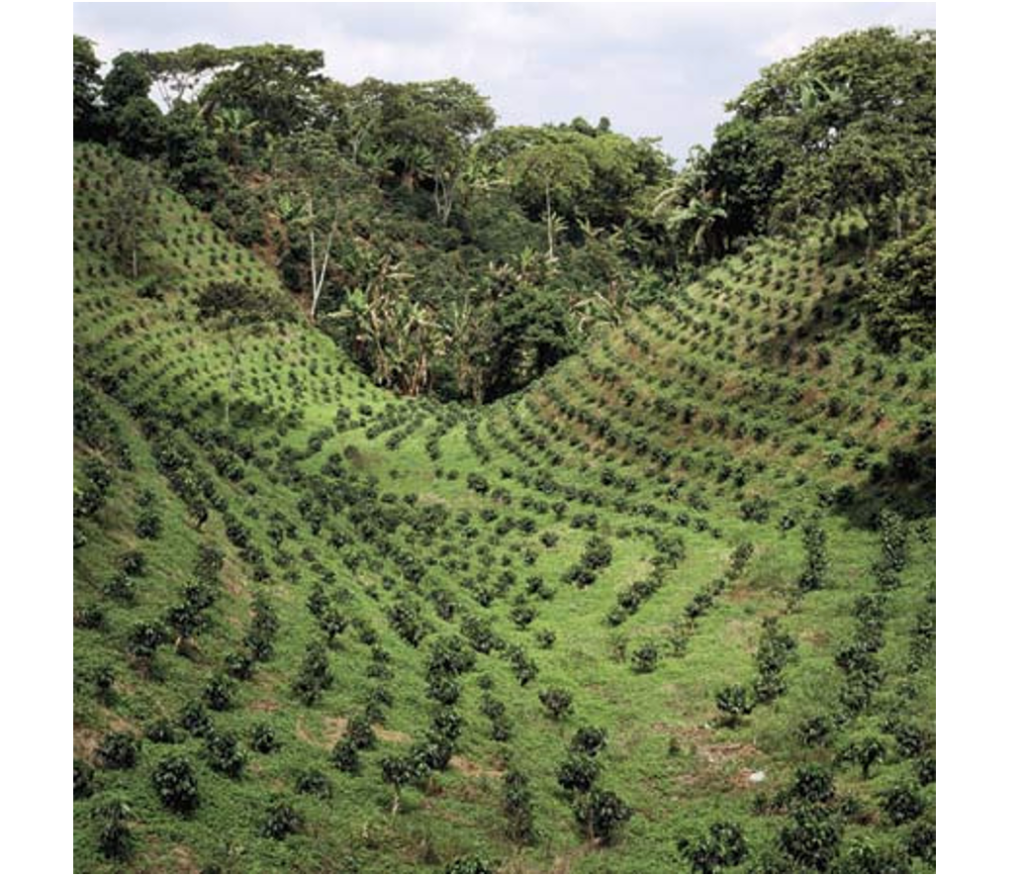By Athayde Tonhasca
In 2022, the seaside resorts of Brighton and Hove in southern England came under international spotlight for making it mandatory to use ‘bee bricks’ in all new buildings higher than 5 m. These bricks are the size of standard house bricks but have holes of different diameters drilled into one side, which are intended to mimic natural cavities used as nesting sites by some solitary bees. The bricks’ purported objectives are to boost bee populations and their pollination services. The legal requirement may have stumped Brighton’s and Hove’s architects and builders, but serendipitously, a local company was on hand to sell them these bee-boosting devices.

Bee bricks caught people’s imagination, and other local authorities have been asked by their residents to adopt the initiative. Meanwhile, you can get in on the action right now by buying the product from a range of companies. One retailer offers a choice of yellow, grey or red bricks at £39.99 each (for comparison, a top of the range, handmade glazed brick costs £3). You want to join in but live in America? No problem: you can purchase a brick imported from the UK for US$ 34, shipping not included (UK and America are ripe for an entrepreneur with a set of masonry drill bits).
One would expect that a mandatory planning condition – let alone a price tag of £39.99 for a chunk of concrete – would be backed by data. In other words, do bee bricks make a difference for bees and pollination? The answer is, at best, ‘we don’t know’.
Around 12 of the 270 or so species of bees in the UK are cavity-nesting: they occupy or expand naturally occurring spaces such as crevices under or between stones, cracks in a wall, the underside of peeling tree bark, holes in dead wood or hollow stems to build their nests. These species – mostly mason (Osmia spp.), leafcutter (Megachile spp.), and yellow-faced (Hylaeus spp.) bees – also make themselves at home in man-made structures such as bee houses or bug hotels, a feature that has helped farmers boost crop pollination with commercially reared bees, and has inspired the idea of bee bricks.

But no ordinary hole in the wall would do for cavity-nesting bees. A female selects a spot where she can fit in snugly; a too-wide hollow is an invitation to parasites to sneak in, and also requires extra work when she plugs the nest entrance with mud or leaves after finishing stocking the nest with pollen. Nest diameters for most bees are in the 4-10 mm range, so the 5 to 8 mm holes in bee bricks are adequate. But they fall short in depth. Their dimensions are the same as those of a standard house brick (21.5 x 10.5 x 6.5 cm), and several experiments with bee houses indicate that cavities must be at least 15 cm long; some studies suggest 20 or even 30 cm. We don’t know whether bees make do with bricks’ cramped spaces, and what the consequences are if they do. We know that small nests may affect the sex ratios of some species. That’s because eggs that originate female bees are laid in the inner brood cells; males are in the outer part of a nest cavity, so they can emerge first in the spring. If there is not enough space for all brood cells, bees of one sex may be produced in smaller numbers, with unknown consequences to the population.

Location of the nest is crucial: homes of cavity-nesting bees must be exposed to sunshine so that the brood cells are sufficiently warm for the proper development of eggs and larvae. These bees also are not keen on heights. They prefer to nest ~30 to 50 cm above ground (Henry et al., 2023); the higher up the cavities, the lower their occupancy (MacIvor, 2016). And the neighbourhood matters a lot. After mating, a female bee spends her short adult life frantically gathering pollen and building brood cells; she will collect food as close as possible to her nest and can’t afford wasting time on long foraging trips. Maximum foraging distances are correlated with body sizes, but 150 to 600 m seems to be the range for the main species. To be on the safe side, nests should be no further than 150 m from a food source. The upshot is that a bee brick in a north-facing position, shaded by a tree, too high, or too far from abundant flowers, is not likely to be occupied.

sealing her nest with resin © Colin Leel, Wikimedia Commons.
The use of concrete does not seem to be a problem: Henry et al. (2023) recorded occupancy of holes drilled on concrete blocks increasing from 2.9% in the first year to 11.6 and 25.3% in the second and third year, respectively. These figures are promising, but the concrete blocks used in the experiment were placed in flower-rich spots in open areas under full insolation. And the possibility of concrete being insufficiently porous to prevent mould, a serious hazard to cavity-nesting bees, should not be neglected.
Because of the limitations described above or some other factor, the occupancy rates of bee brick holes are not particularly encouraging, ranging from 1.3 to 2.8% (Shaw et al., 2021); another two unpublished reports put the figure of inhabited bricks at 3.5% (Alton & Ratnieks, 2020). These numbers are considerably lower than the average occupation rate of 38.3% for a variety of artificial homes in urban environments (Rahimi et al., 2021). One possible explanation for such poor uptake is that cavity-nesting bees don’t need our help in finding suitable nesting sites: urban and semi-natural environments offer a range of perfectly habitable nooks and crevices to compete with bee bricks (MacIvor, 2016).
Bee bricks don’t seem to be living up to their hype, but there’s a silver lining here. High density nesting encourages the proliferation of pests and diseases, which are massive headaches to farmers who rely on commercially bred solitary bees. The impressive bee housing estate built under the auspices of Brighton and Hove Council may be mostly empty, but in all likelihood is not insalubrious.

More data may improve the perspective of bee bricks as tools for boosting bee populations. But based on the little we know, the initiative ended up in Alton & Ratnieks’ (2020) list of ineffective products sold to home owners keen to do their bit for conservation. Bumble bee nests (priced £34.95 for a humble wood unit or £161.20 for a fancy underground model) could be added to it, as they also do not perform as intended (Lye et al., 2011).

In Britain and probably elsewhere, conservation practices are based mostly on perceived ‘common sense’ and personal experience rather than evidence (Sutherland et al., 2004). The obvious shortcomings of such approaches are that decisions are often wrong, causing a waste of time and money, erosion of public trust, and possibly aggravating environmental problems. Recommendations not shored up by evidence may also be interpreted as greenwashing: actions claimed to solve environmental problems but that are in fact public relations smokescreens.

To help bees and safeguard pollination services, local authorities and everybody else can take tried and tested measures such as creating, preserving and restoring flower-rich areas; reducing or banning the use of pesticides; reducing the frequency of mowing to give wild flowers a chance; planting pollinator-friendly trees and shrubs, that is, species that produce lots of pollen and nectar.
The familiar and run-of-the-mill don’t make a splash in newspapers and social media, but they more often than not give better results than the novel and untested. There’s security in the boring option.

